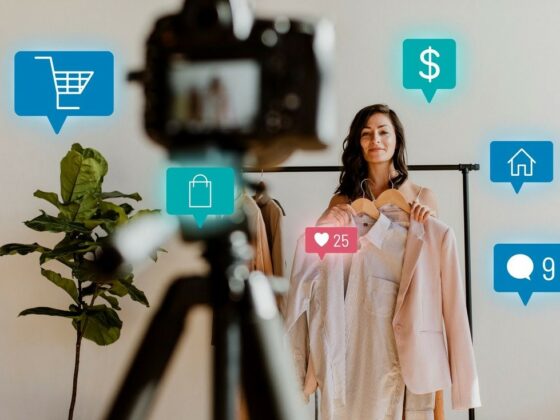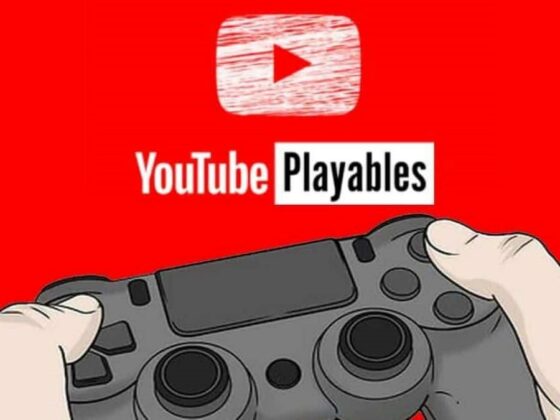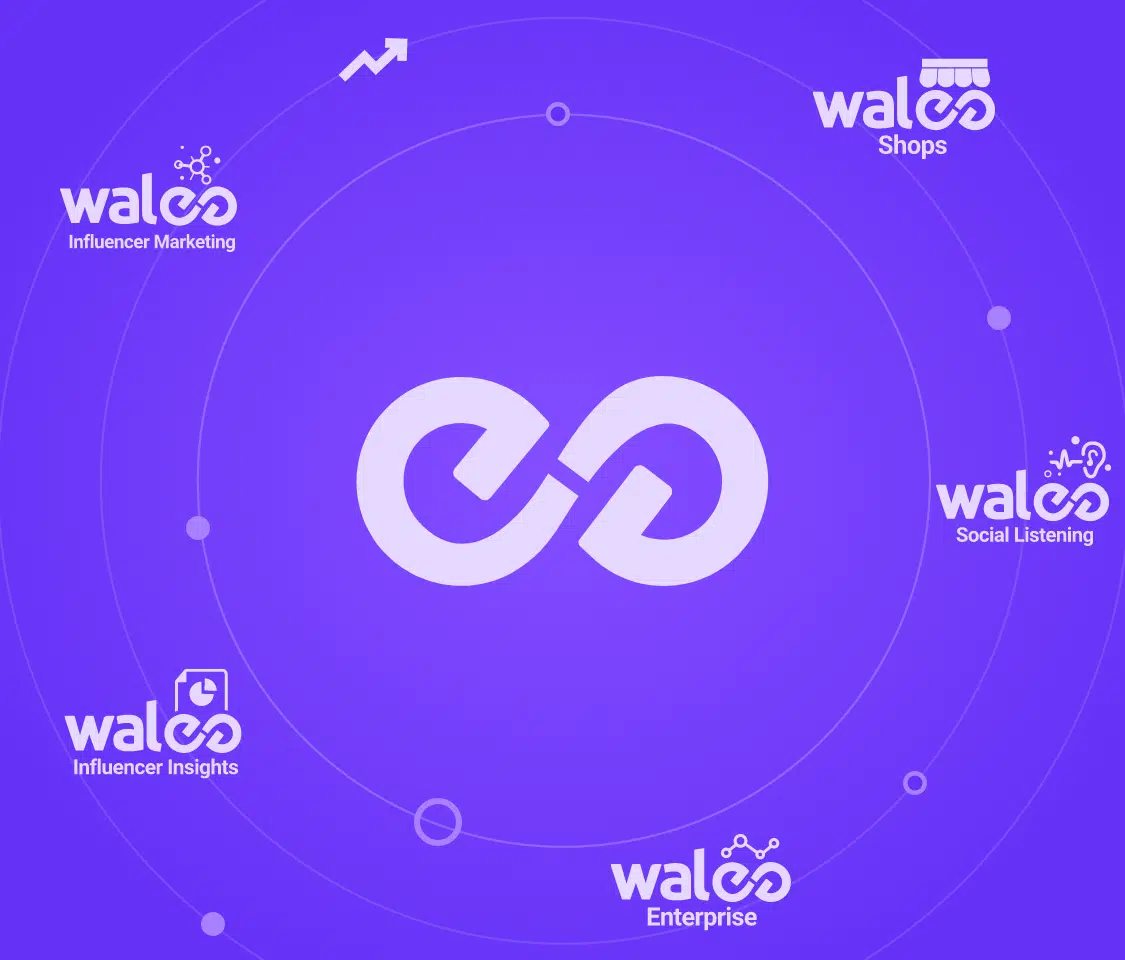In recent years, influencer marketing has emerged as a powerful tool for brands looking to connect with their target audiences in an authentic and engaging manner. Unlike traditional expensive television commercials (TVCs), which can often be disruptive and face diminishing returns, influencer marketing offers a more subtle and effective way to resonate with audiences. By leveraging the right influencers and employing advanced tactics, brands can significantly amplify their return on investment (ROI) and create lasting connections with their customers.
1. Micro-Influencers: The Power of Niche Authenticity
While macro-influencers might have a larger following, micro-influencers (influencers with relatively smaller followings, typically between 10,000 to 50,000) have become a force to be reckoned with. These individuals often have highly engaged, niche audiences with whom they have developed genuine relationships. Using the right influencer insights tool, like the one WALEE has, can help you compare avg. engagement of micro vs. macro influencers, and their particular audience sets to see what works better for your brand.
2. AI-Driven Influencer Selection: Finding the Perfect Match
Selecting the right influencers is crucial to the success of any influencer marketing campaign. Advanced Artificial Intelligence (AI) tools can now help brands identify the best-fit influencers based on factors like audience demographics, interests, and past campaign performance. By analyzing vast amounts of data, AI enables brands to make data-driven decisions and partner with influencers who are more likely to resonate with their target audience.
3. Embrace Long-Term Partnerships: Building Trust Over Time
Rather than pursuing one-off influencer collaborations, consider forging long-term partnerships. Long-term associations create a sense of authenticity and trust between the influencer and the brand, which can significantly impact the effectiveness of the sponsored content. As the influencer continues to promote the brand over time, their audience is more likely to view the association as genuine, leading to increased brand loyalty. In recent times, many brands are now working on building such partnerships for e.g. Foodpanda (easy deliveries for groceries and food)and HBL(discounts on restaurants)- the brands collaborated with multiple influencers(Muzammil Hassan, Human Raza, Waliya Najib etc.) plugging in the 2 services into their story & post content over the course of several months, making it look genuine.
4. Storytelling through Sponsored Content: Captivating Audiences
Gone are the days of overtly promotional sponsored content. To connect with audiences, influencers should focus on storytelling that integrates the brand seamlessly into their narrative. Story-driven content enables influencers to create a meaningful and emotional connection with their followers, resulting in higher engagement and improved ROI. A Lahore/London based influencer named Baekartoot recently did a similar piece, in which she connected with her audience over how hard it is for kids living abroad, to send back remittances, and she struggled with this too, then plugging in an application which can now help you do so operational in many countries.
5. Leverage User-Generated Content (UGC): Authenticity at Its Best
User-generated content (UGC) has gained immense popularity due to its authentic and relatable nature. Encouraging influencers and their followers to create UGC around your brand or products not only expands your reach but also bolsters trust among potential customers. Reposting UGC also reinforces the influencer-brand connection and shows appreciation for their support. Influencers now do stories on ‘post your moment’ and ‘share your photos’ in relevance to a topic to leverage UGC for a sponsored plug.
6. Data-Driven Campaign Optimization: Maximising Impact
The beauty of influencer marketing lies in its measurability. While traditionally brands rely on PR agencies sending in post-campaign reports that may be plagered or exaggerated, brands can now instead resolve to look at live insights for their campaigns, track key performance metrics such as engagement rates, click-through rates, and conversions. Using these insights, marketers can refine their strategies, identify successful content formats, and optimise future campaigns for better ROI.
7. Influencer Diversification: Reaching Wider Audiences
While some brands may have identified a few top-performing influencers, relying solely on a handful of creators can limit your reach. Diversifying your influencer portfolio allows you to engage with a broader range of audiences. Collaborating with influencers from different niches and platforms ensures that your brand message reaches new demographics and helps avoid overexposure to a specific audience segment. Also, reusing the same influencers with high engagement rates, may give you good numbers, but doesn’t help capture newer audiences. So utilising all available platforms(one that works wonders is now TikTok), and influencers help capture broader audience sets.
In conclusion, influencer marketing has evolved into a sophisticated and highly effective marketing strategy, often surpassing the ROI achieved through traditional expensive TVCs, activations, free sampling, billboarding etc. But to justify spending and get the targeted ROI, BMs and account managers need to grow smarter with their strategies





